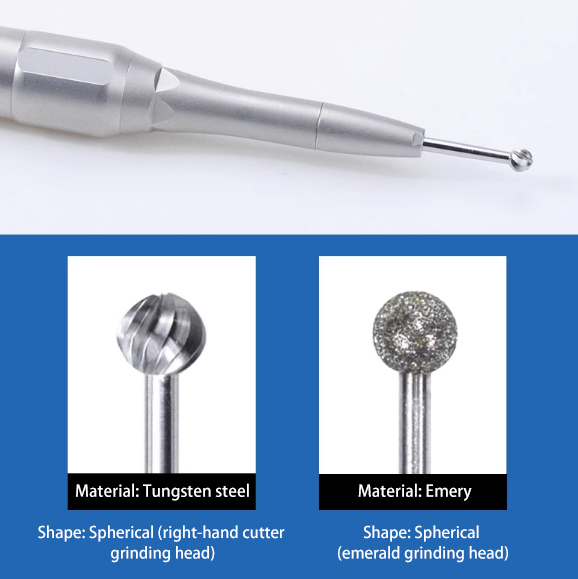The Synergy of Design and Application in Dental Implantology
In the specialized field of dental implantology and oral surgery, the evolution of rotary instruments has been pivotal to advancing minimally invasive techniques. The modern osteotomy bur system, comprising spherical and grinding designs, represents a significant leap in surgical precision. These instruments are fundamental to procedures ranging from initial site preparation to complex bone grafting, enabling clinicians to manipulate bone architecture with unparalleled accuracy. The selection of an appropriate bur, based on its length, diameter, and cutting geometry, directly influences the success of the dental implant placement and the subsequent healing process. This synergy between tool design and clinical application is what defines modern restorative dentistry, allowing for predictable outcomes even in anatomically challenging situations.
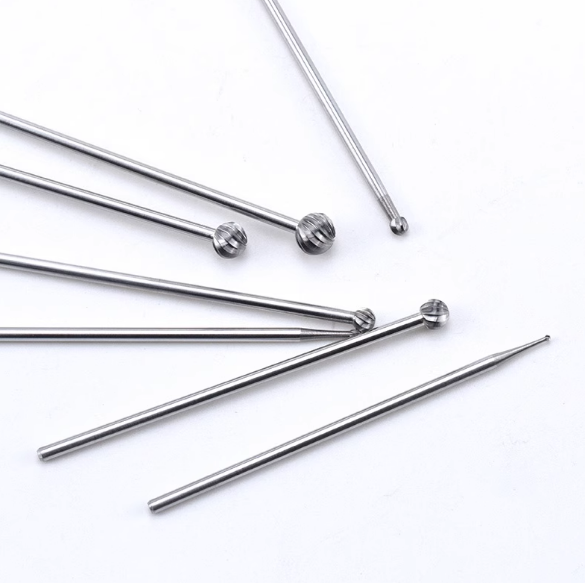
Spherical Burs: The Cornerstone of Precise Osteotomy and Site Preparation
The spherical bur, a cornerstone instrument in any oral surgery kit, is engineered for control and minimal tissue trauma. Its primary role in dental implantology is to create the initial osteotomy and prepare the implant site with high precision. The rounded cutting head allows for smooth, non-aggressive bone removal, which is crucial for preserving vital structures and ensuring the implant's primary stability. In advanced procedures such as sinus lift surgery, an extended spherical bur is indispensable for creating a precise lateral window with minimal risk to the Schneiderian membrane. The versatility of this tool extends to endodontic surgery, where it is used for apicoectomies, and to various oral surgical procedures requiring controlled bone removal.
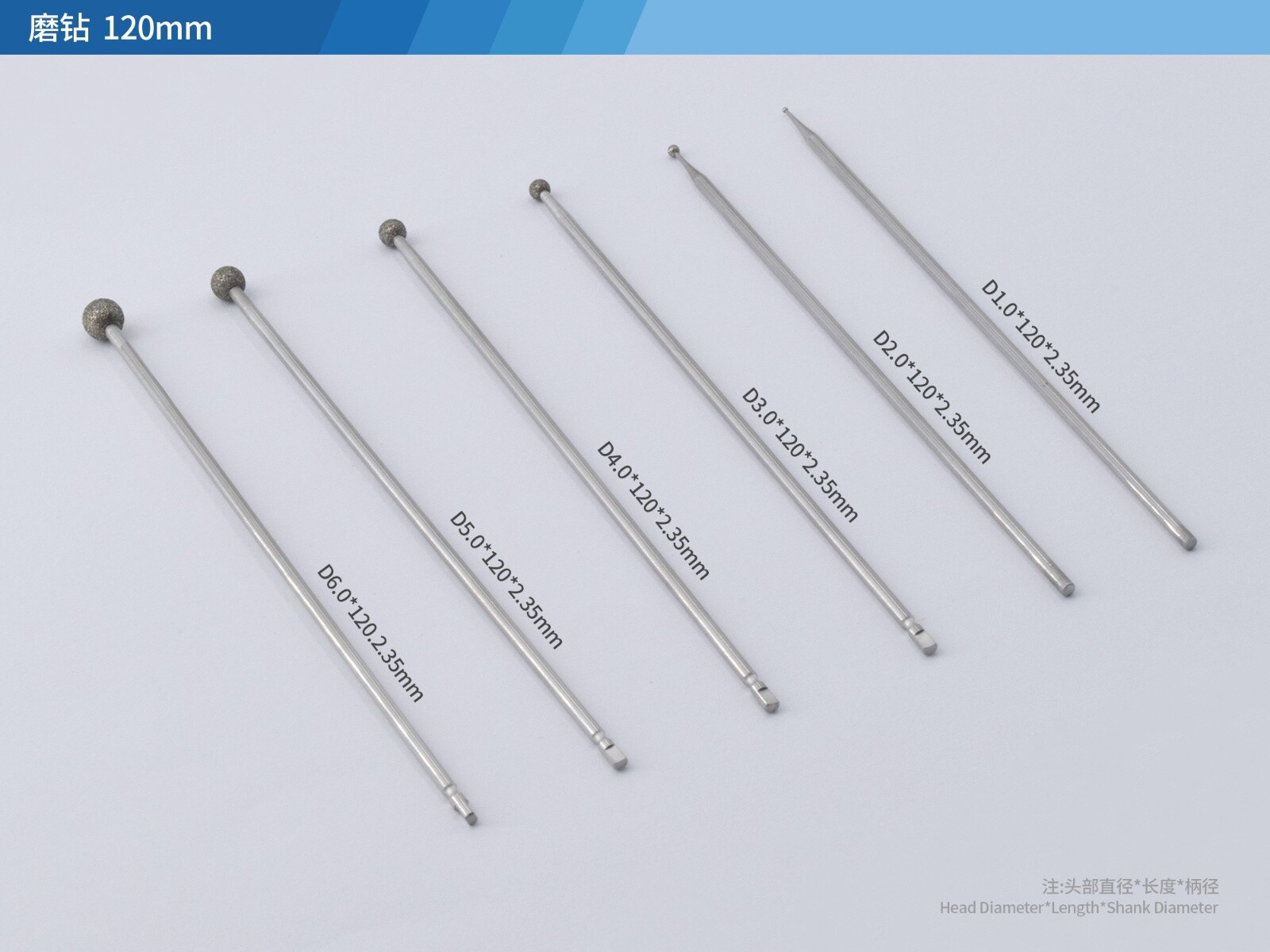
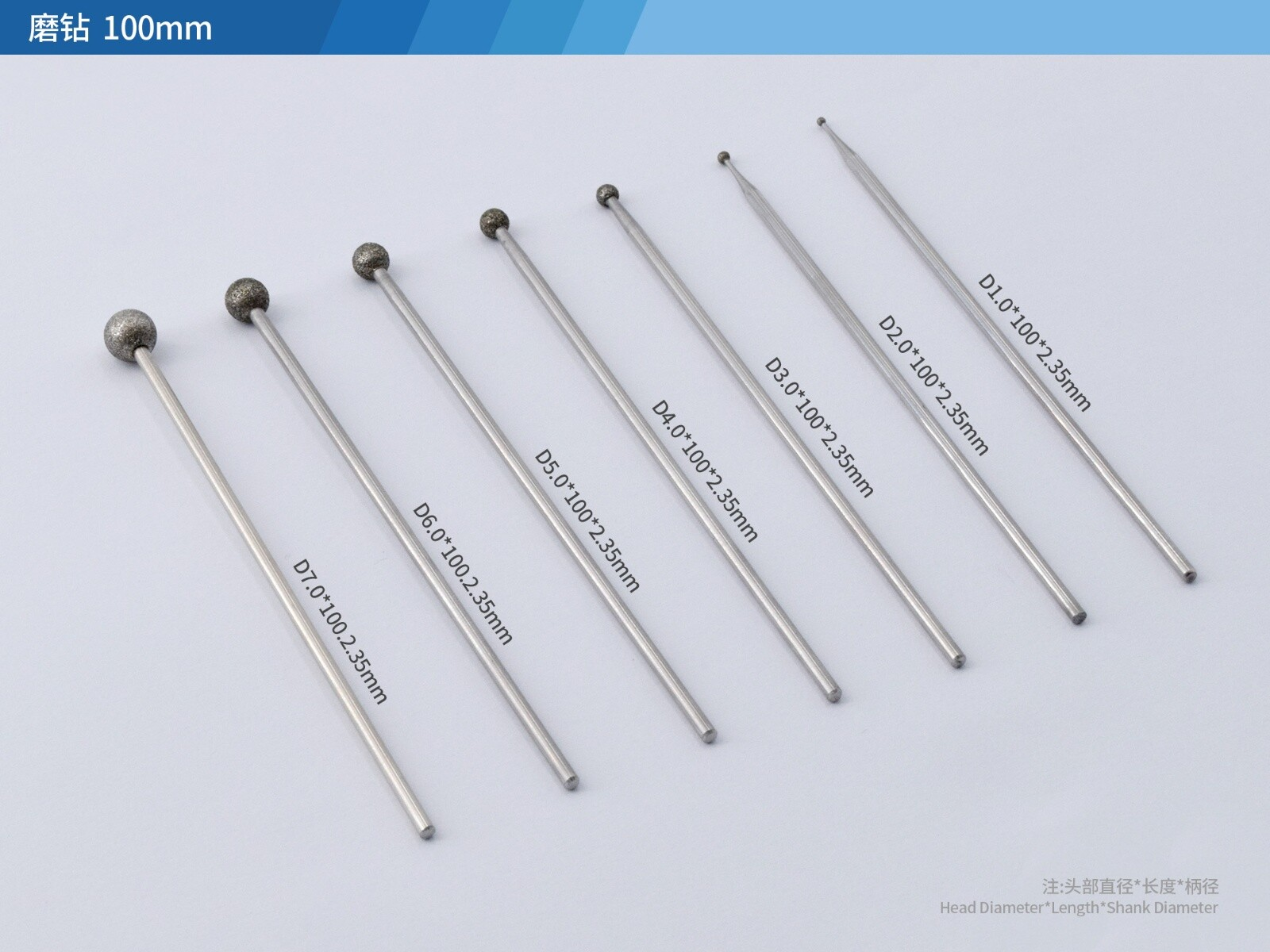
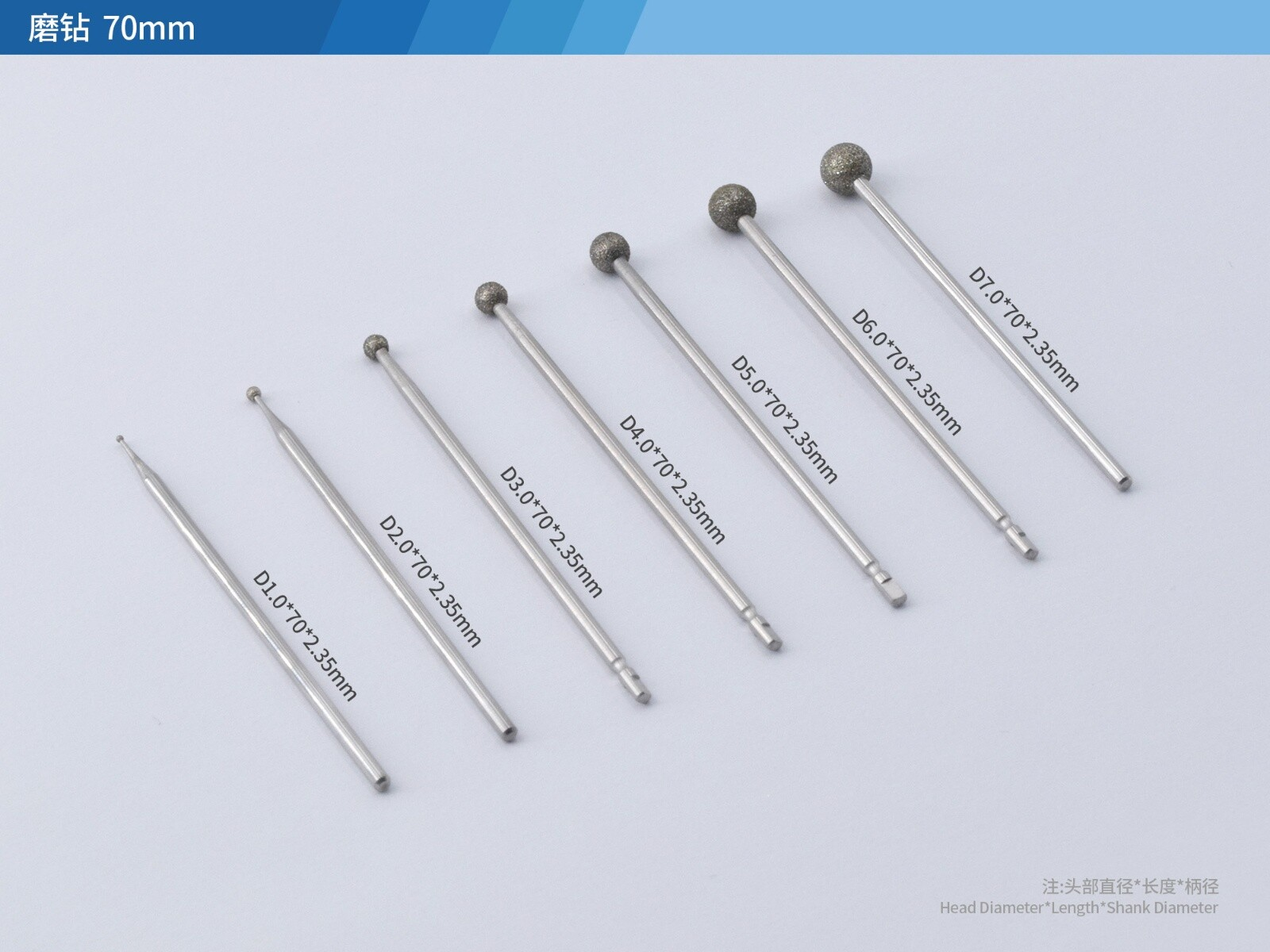

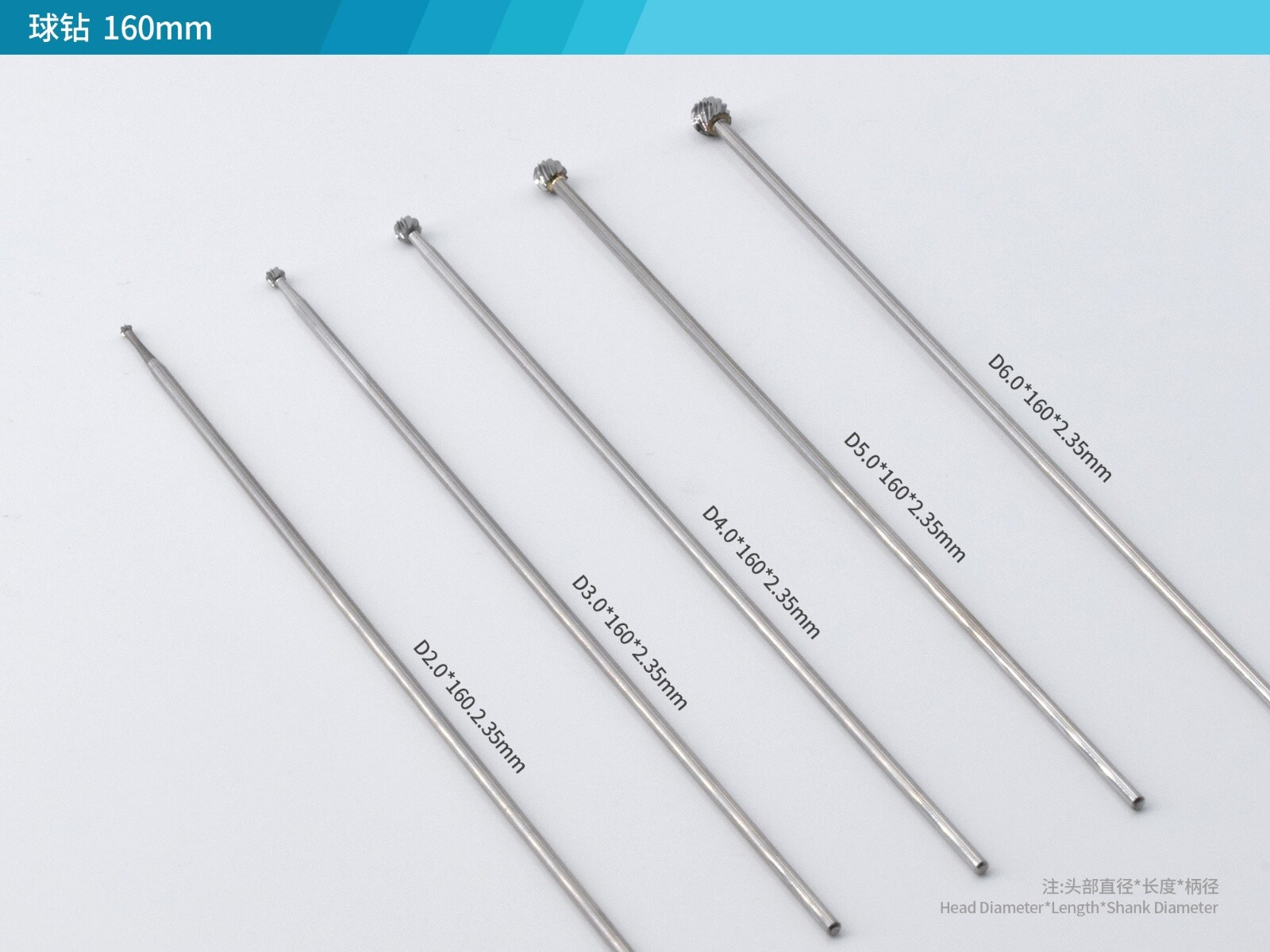
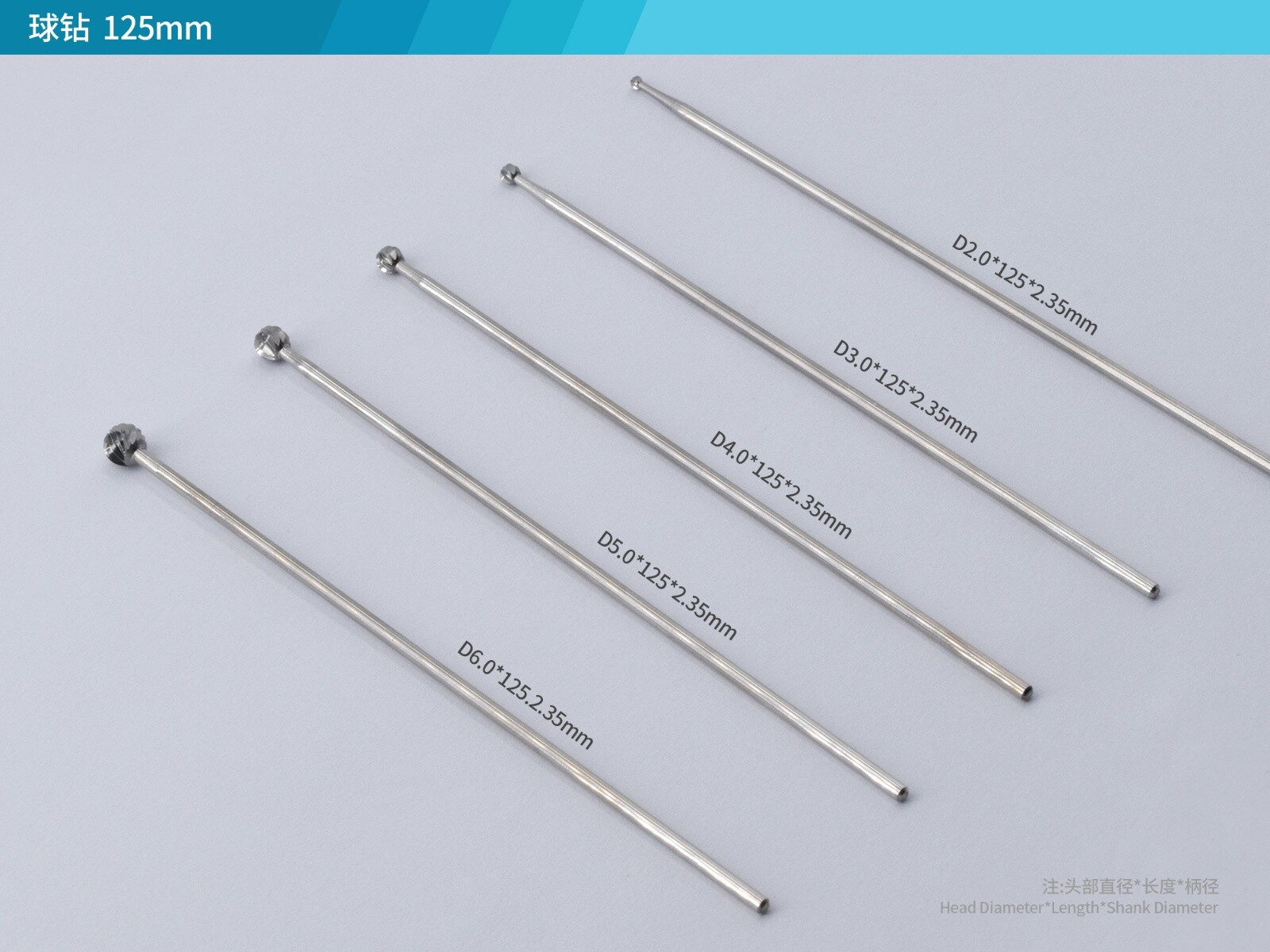
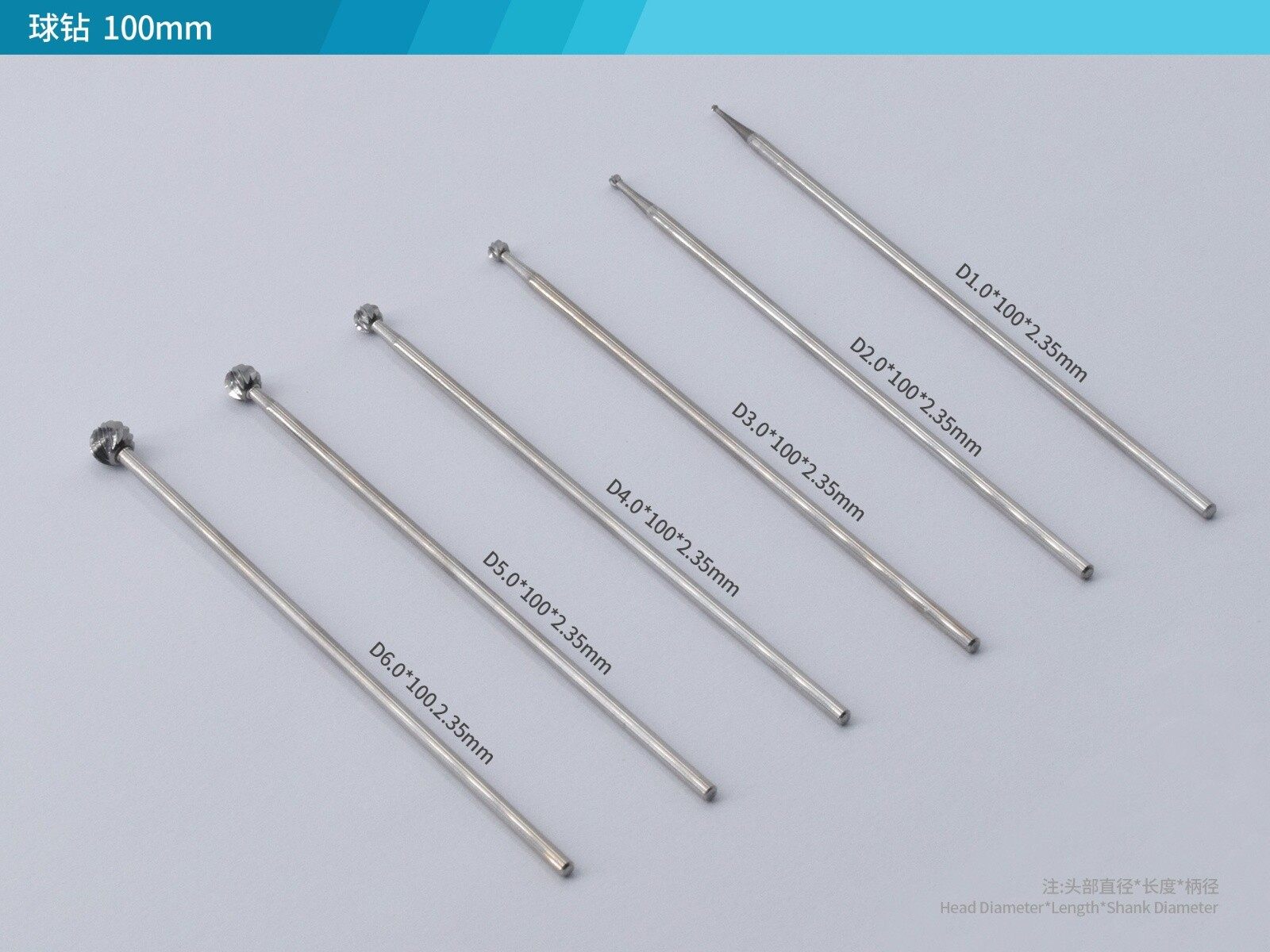
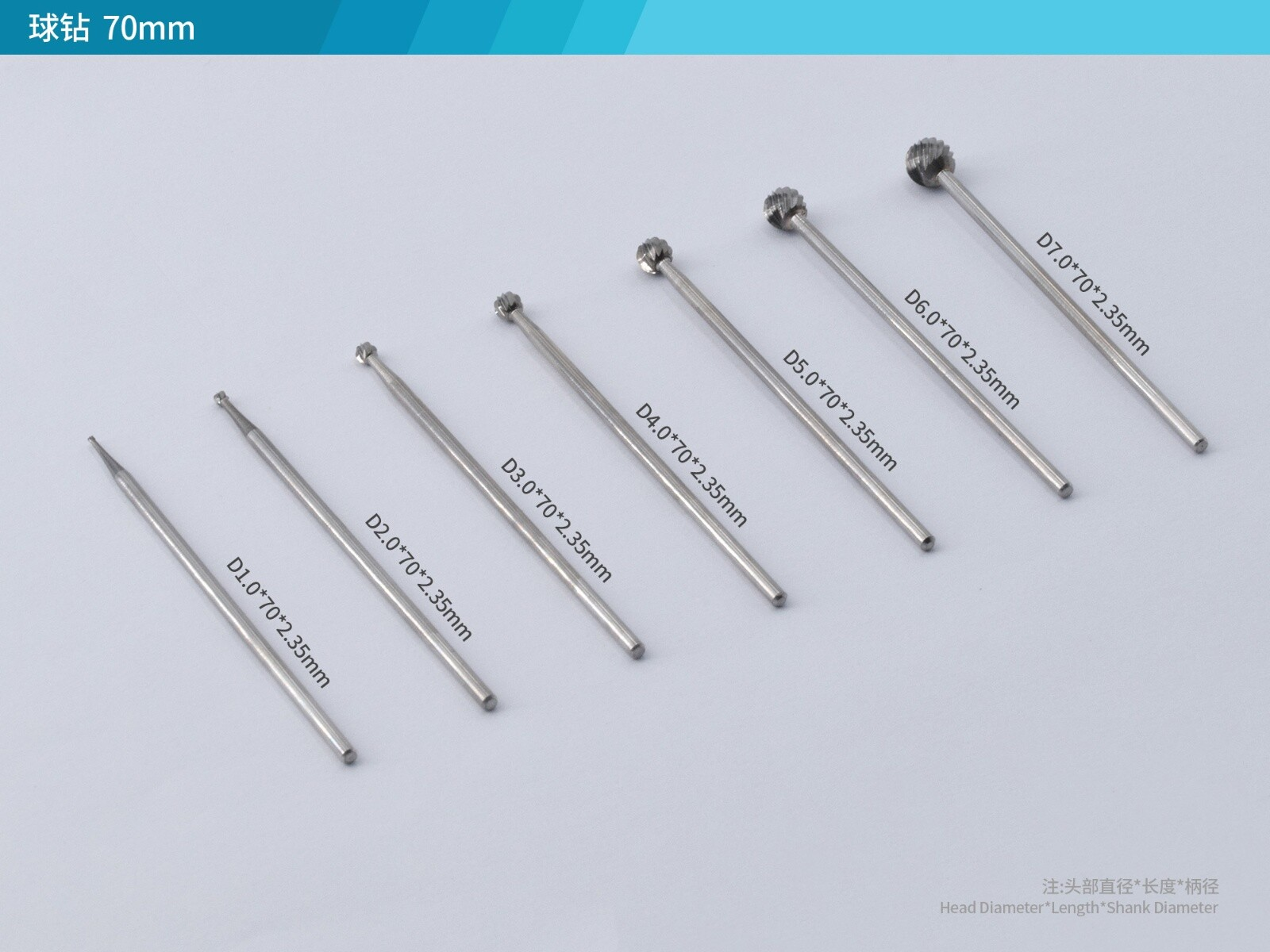

Grinding Burs and Finishing: Achieving the Ideal Bone Architecture for Prosthetics
Following initial preparation, the grinding bur takes center stage in refining the bone landscape. This category of osteotomy bur is designed for efficiency in bone contouring, smoothing, and removal. In pre-prosthetic oral surgery, these burs are used to eliminate sharp bony edges, reduce exostoses, and create a harmonious ridge form essential for stable prosthesis fit. The use of diamond-coated or tungsten carbide grinding burs ensures rapid, clean cutting with minimal heat generation, preserving bone viability—a critical factor for successful osseointegration in dental implantology. The final bone architecture achieved with these finishing tools directly supports the long-term success of the final dental prosthesis, whether it is a single crown or a full-arch reconstruction.
